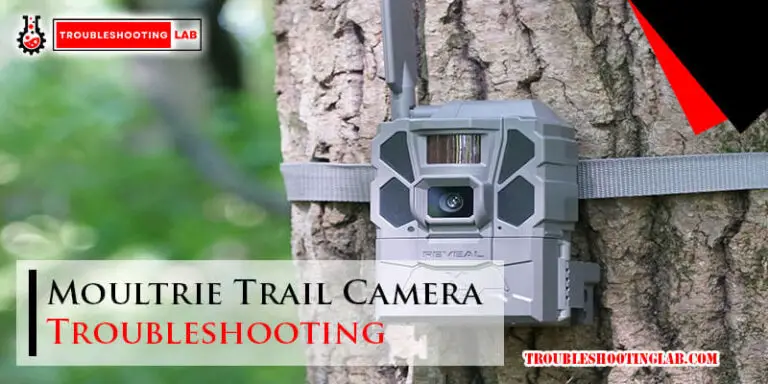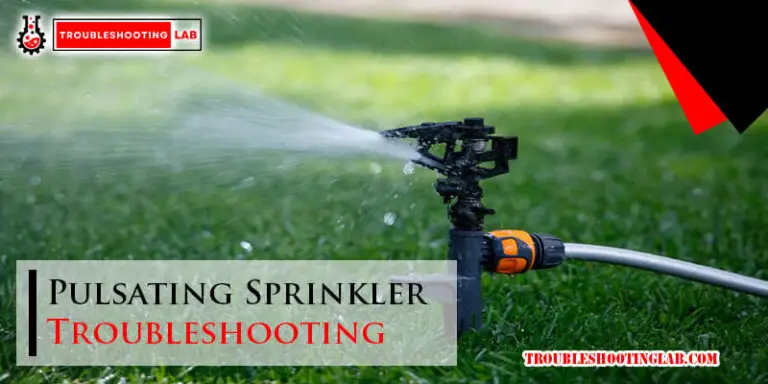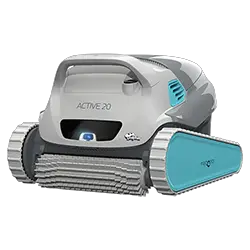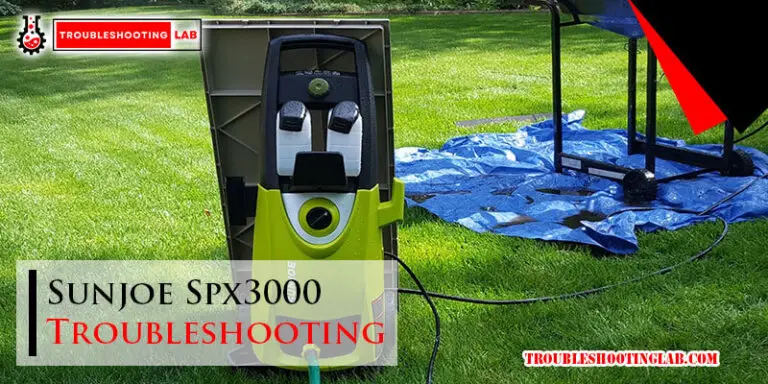Snapper Lawn Mower Troubleshooting: Easy Fixes for Common Issues
Lawn mowers can be tricky. Snapper lawn mowers are no exception.
Understanding common issues helps you maintain your mower. Knowing how to troubleshoot saves time and money. This guide will walk you through various problems. Whether your Snapper mower won’t start, cuts unevenly, or makes strange noises, we’ve got you covered.
We’ll provide clear steps to diagnose and fix these issues. You don’t need to be a mechanic to follow these tips. With this guide, your Snapper lawn mower will run smoothly again. Let’s dive into troubleshooting and keep your lawn looking great.

Credit: www.youtube.com
Introduction To Snapper Lawn Mowers
Snapper Lawn Mower Troubleshooting helps users fix common issues quickly. Learn to identify problems and perform basic repairs. Keep your mower running smoothly with these simple tips.
Snapper lawn mowers are popular among homeowners. They are known for their durability and reliability. These mowers make lawn care easier and more efficient. Snapper offers a variety of models. Each model caters to different yard sizes and types.Why Choose Snapper?
Snapper lawn mowers have a strong reputation. They are built to last. Their engines are powerful and efficient. Snapper mowers are easy to maneuver. They are user-friendly and simple to operate. Many users appreciate their quality and performance. Snapper mowers also come with great customer support.Common Issues To Be Aware Of
Snapper mowers, like all machines, can have issues. Some common problems include starting difficulties. Battery-related issues are also common. Users sometimes experience uneven cutting. Another issue is the mower not moving properly. Regular maintenance can help avoid these problems. Be sure to check the owner’s manual for troubleshooting tips. “`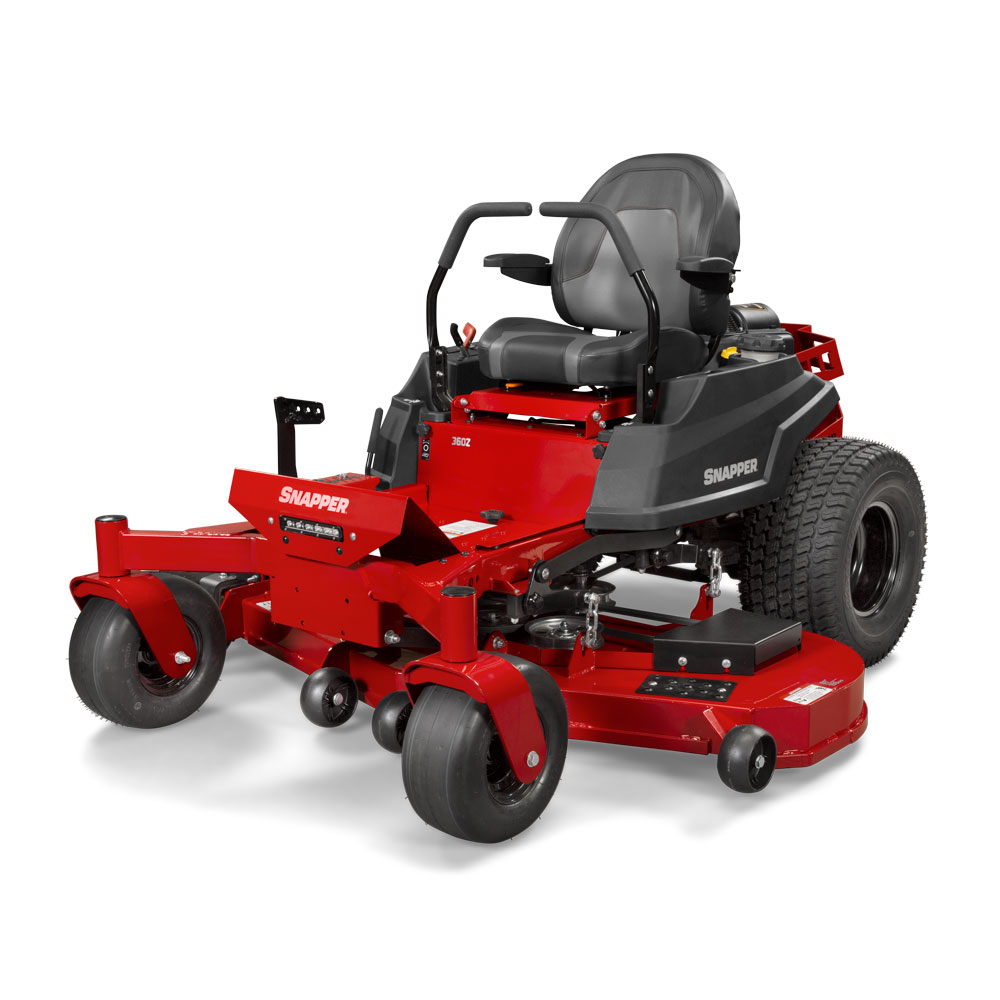
Credit: www.snapper.com
Starting Problems
Experiencing starting problems with your Snapper lawn mower can be frustrating. This guide will help you troubleshoot common issues. Focus on specific problems like the engine not starting or starter rope issues. Learn how to get your mower running smoothly again.
Engine Won’t Start
If your Snapper lawn mower’s engine won’t start, check these common causes:
- Fuel Issues: Ensure the fuel tank has enough gas. Old or contaminated fuel can also cause problems. Replace old fuel with fresh gas.
- Spark Plug: Inspect the spark plug for damage or wear. A dirty or faulty spark plug can prevent the engine from starting. Clean or replace it if needed.
- Air Filter: A clogged air filter can restrict airflow to the engine. Check and clean or replace the air filter.
- Carburetor: A dirty carburetor can block fuel flow. Clean the carburetor to ensure proper fuel delivery.
Starter Rope Issues
Starter rope problems can hinder starting your Snapper lawn mower. Follow these steps to resolve common issues:
- Check the Rope: Inspect the starter rope for fraying or damage. Replace the rope if it is worn out.
- Recoil Starter: Ensure the recoil starter mechanism is functioning. A jammed or broken recoil starter can prevent the rope from retracting.
- Spring Tension: Check the recoil spring for proper tension. If the spring is loose or broken, replace it to restore tension.
- Lubricate: Lubricate the recoil mechanism to ensure smooth operation. Use a light oil for best results.
By addressing these common starting problems, your Snapper lawn mower should run efficiently again. Regular maintenance can prevent future issues and extend the life of your mower.
Cutting Issues
Having problems with your Snapper lawn mower’s cutting performance? Cutting issues can be frustrating and affect the look of your lawn. Common problems include uneven cutting and blades not engaging. Let’s explore these issues and their solutions.
Uneven Cutting
Uneven cutting can make your lawn look messy. It happens due to several reasons. First, check if the mower deck is level. An unlevel deck causes uneven cuts. Adjust the deck height to ensure it’s even on both sides.
Another cause is dull blades. Sharp blades are crucial for a clean cut. Inspect the blades and sharpen or replace them if needed. Also, check the tire pressure. Uneven tire pressure can affect the mower’s balance, leading to uneven cutting. Inflate the tires to the recommended pressure.
Blades Not Engaging
If the blades are not engaging, it can be a mechanical issue. Start by checking the PTO (Power Take Off) switch. Ensure it’s in the “on” position. If the switch is faulty, replace it.
Inspect the belt that drives the blades. A loose or broken belt will prevent the blades from engaging. Replace or tighten the belt as necessary. Also, check the blade engagement cable. If it’s damaged or disconnected, it needs repair or replacement.
By addressing these common cutting issues, you can keep your Snapper lawn mower in top shape and your lawn looking great.

Credit: www.snapper.com
Battery Problems
Battery problems in Snapper lawn mowers can cause many issues. A well-functioning battery is essential for smooth operation. Let’s discuss common battery problems.
Battery Not Charging
If your Snapper lawn mower battery isn’t charging, check the charger first. Ensure it’s connected properly. Look for any signs of damage on the charger. A faulty charger can prevent charging.
Next, inspect the battery terminals. Corroded terminals can block the charging process. Clean them with a wire brush. Tighten any loose connections. Still not charging? The battery may need replacement.
Battery Draining Quickly
If the battery drains quickly, it might be due to old age. Batteries lose their capacity over time. Check the battery’s age. If it’s old, consider replacing it.
Another cause could be a short circuit. Inspect the wiring for any damage. Damaged wires can cause rapid draining. Fix any issues you find. This can improve battery life.
Lastly, check for any accessories left on. Lights or other electronics can drain the battery. Turn them off when not in use. This simple step can extend battery life.
Overheating Issues
Overheating issues in Snapper lawn mowers can be frustrating. The mower stops working effectively, leaving your lawn half-mowed. Understanding why your mower overheats can help you fix the problem. This section will focus on key areas to check for overheating issues.
Engine Overheating
The engine is the heart of your Snapper lawn mower. If it overheats, the mower won’t work. Check the oil level first. Low oil can cause the engine to overheat. Also, inspect the air filter. A clogged filter restricts airflow, making the engine work harder and overheat. Clean or replace the air filter regularly.
Cooling System Check
The cooling system is crucial for keeping the engine temperature in check. Inspect the cooling fins on the engine. Dirt and debris can block these fins, preventing proper cooling. Clean the fins with a soft brush. Also, check the fan for damage. A broken fan can’t cool the engine effectively. Replace any damaged parts to ensure your mower runs cool.
Fuel System Troubles
Fuel system troubles are common issues with Snapper lawn mowers. These problems can lead to the mower not starting or running poorly. Understanding the fuel system and how to troubleshoot it can save you time and frustration.
Fuel Not Reaching Engine
One common issue is fuel not reaching the engine. This can be due to a clogged fuel filter, a blocked fuel line, or an empty fuel tank.
- Check the fuel filter: Inspect the filter and replace it if it is dirty or clogged.
- Inspect the fuel line: Look for any kinks or blockages. Replace the line if necessary.
- Ensure the fuel tank is full: Sometimes the simplest fixes are the most overlooked.
Carburetor Cleaning Tips
The carburetor can also cause fuel system issues. Regular cleaning can prevent many problems.
- Remove the carburetor: Disconnect it from the engine carefully.
- Clean the parts: Use a carburetor cleaner and a brush to clean all parts.
- Check the gasket: Inspect the gasket for any wear and replace if necessary.
- Reassemble the carburetor: Ensure all parts are dry before putting it back together.
Use these tips to keep your Snapper lawn mower running smoothly. Regular maintenance can prevent many common problems.
Transmission Problems
The transmission in your Snapper lawn mower is critical. It ensures smooth movement and cutting. When it fails, your mower becomes useless. In this guide, we will discuss common transmission problems. Specifically, we will look at issues like the mower not moving and transmission slipping.
Mower Won’t Move
If your Snapper lawn mower won’t move, the transmission might be the problem. Check a few key areas to diagnose the issue.
- Drive Belt: Inspect the drive belt for any signs of wear or damage. A broken or loose belt can prevent movement.
- Transmission Fluid: Ensure the transmission fluid is at the proper level. Low fluid can cause the mower to stop moving.
- Linkage: Examine the linkage between the control lever and the transmission. Ensure it is not bent or broken.
Replacing a damaged belt or refilling the transmission fluid can often fix the problem. Always consult your mower’s manual for specific instructions.
Transmission Slipping
Transmission slipping is another common issue with Snapper lawn mowers. If you notice this, there are several potential causes.
- Worn Clutch: A worn-out clutch can cause the transmission to slip. Check the clutch for wear and replace it if necessary.
- Fluid Levels: Low or dirty transmission fluid can lead to slipping. Ensure the fluid is clean and at the correct level.
- Drive Belt: A loose or worn drive belt can also cause slipping. Inspect and replace the belt if needed.
Regular maintenance can prevent most of these issues. Keep the fluid clean and belts in good condition.
Maintenance Tips
Maintaining your Snapper lawn mower ensures it runs smoothly and lasts longer. Regular upkeep can prevent many common issues and save money on repairs. Follow these maintenance tips to keep your mower in top condition.
Regular Maintenance Checklist
Check the oil level before each use. Low oil can damage the engine. Replace the oil after every 25 hours of use. Clean or replace the air filter regularly. A dirty filter restricts airflow and reduces performance.
Inspect the spark plug monthly. Replace it if it’s dirty or worn out. Sharpen the mower blade every 20-25 hours of use. A sharp blade cuts grass more efficiently. Clear debris from the mower deck to prevent blockages.
Lubricate moving parts like wheels and handles. This reduces wear and tear. Keep the fuel tank clean. Use fresh fuel to avoid engine problems.
When To Seek Professional Help
Sometimes, professional help is necessary. If your mower won’t start, a mechanic can diagnose the issue. Strange noises or excessive vibrations indicate underlying problems. A professional can fix these quickly.
If the mower smokes or leaks oil, it’s best to consult an expert. Electrical issues, like a faulty ignition switch, require professional attention. Regular servicing by a professional ensures your mower stays in peak condition.
Frequently Asked Questions
Why Won’t My Snapper Lawn Mower Start?
Check the fuel level, spark plug, and air filter. Ensure the fuel is fresh.
How Do I Fix A Snapper Mower That Won’t Cut Evenly?
Sharpen the blades and check the deck height. Ensure the tires are properly inflated.
Why Does My Snapper Lawn Mower Smoke?
Overfilled oil or a dirty air filter can cause smoke. Check and clean them.
What Causes A Snapper Lawn Mower To Lose Power?
Clogged air filter, dirty carburetor, or old fuel. Clean or replace as needed.
How Can I Stop My Snapper Mower From Vibrating?
Check for loose bolts, damaged blades, or worn-out belts. Tighten or replace parts.
Conclusion
Finding the right fix for your Snapper lawn mower can be easy. Follow these troubleshooting tips to keep your mower running smoothly. Regular maintenance helps avoid common issues. Check parts, clean components, and replace faulty pieces. This saves time and effort in the long run.
Keep your lawn looking great with a well-maintained mower. Enjoy a beautiful, healthy lawn with less hassle. Happy mowing!


